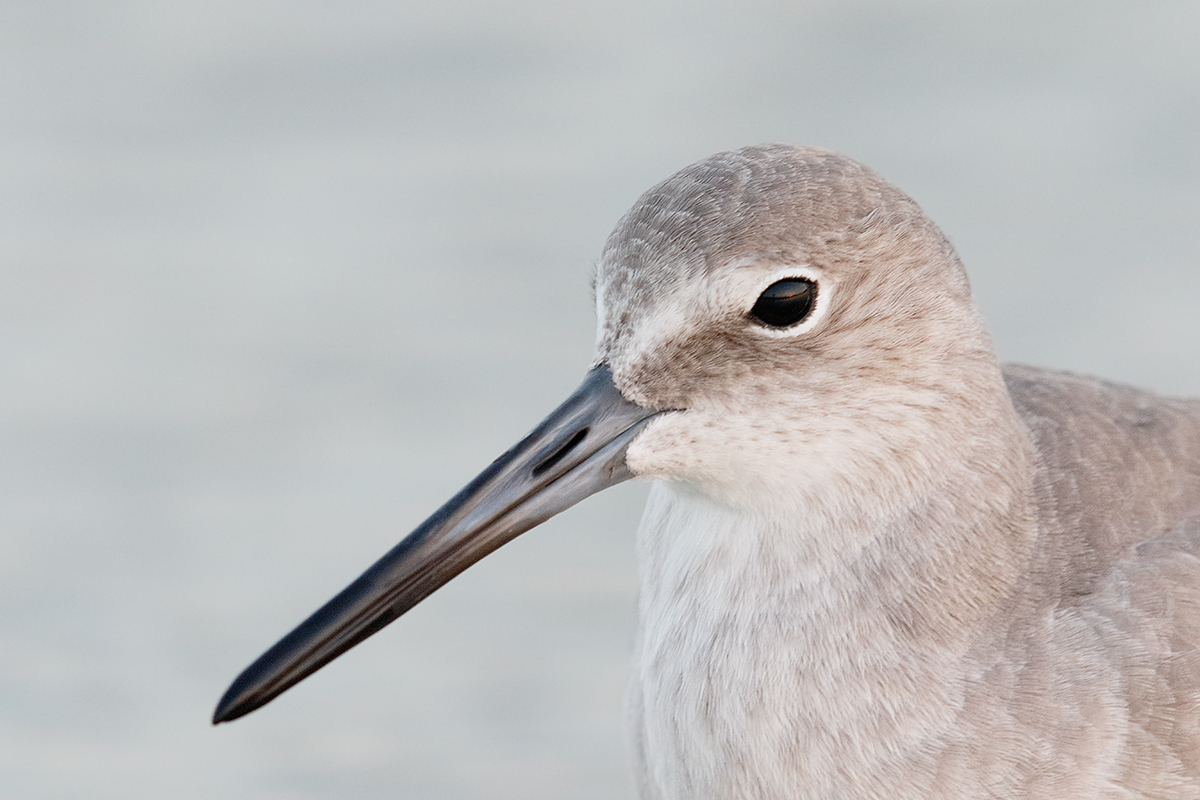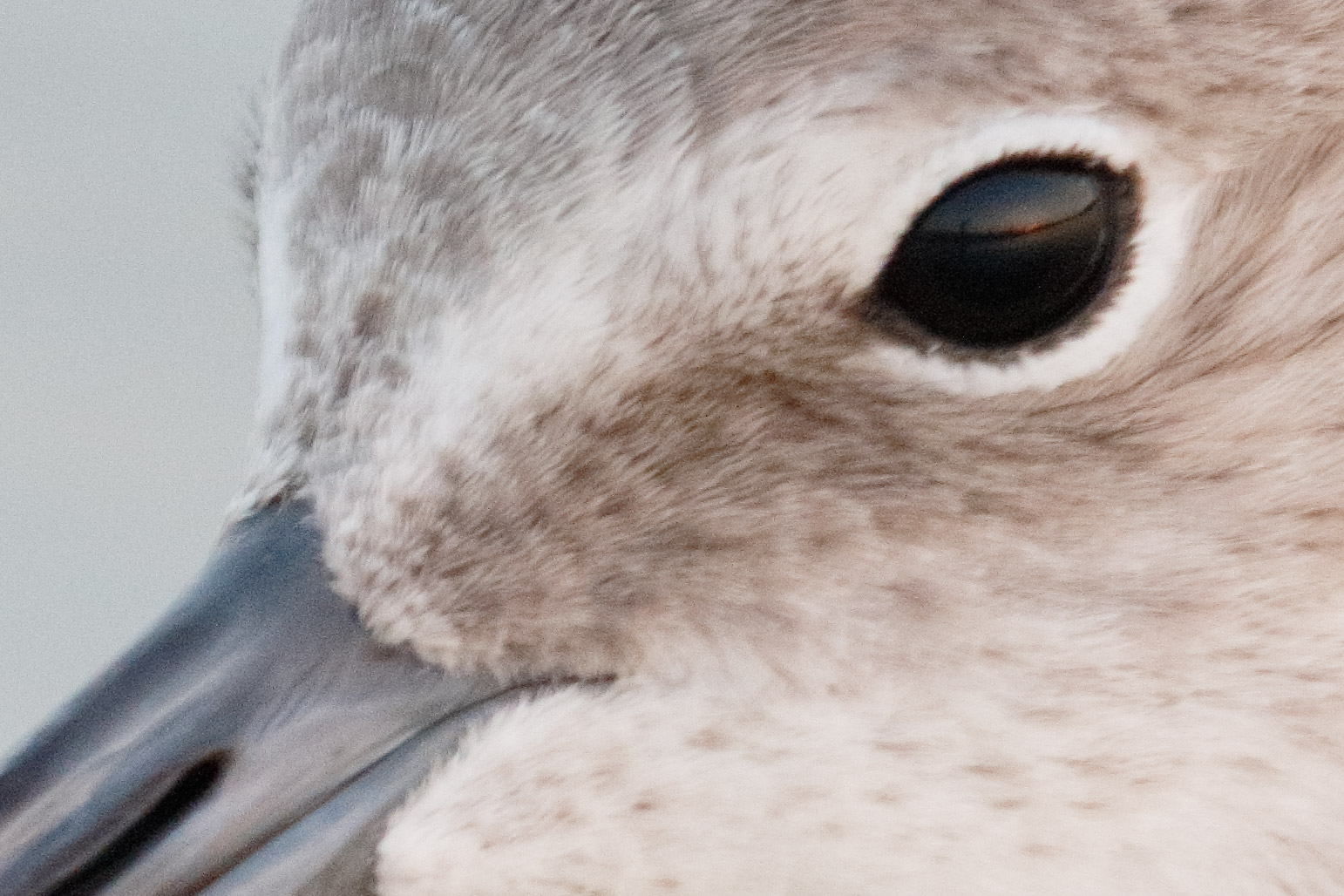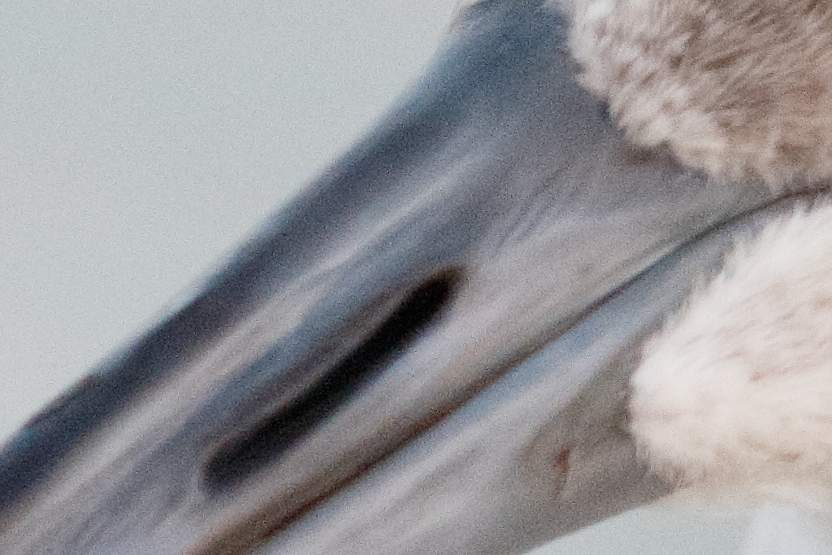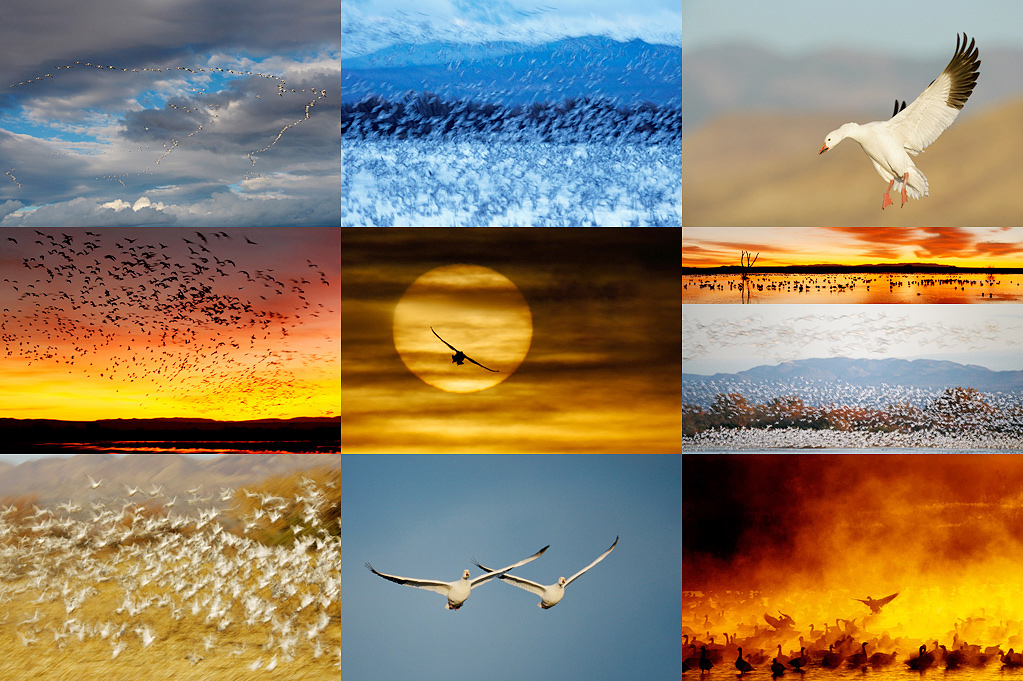The Streak Continues: 319
I enjoyed a fine early morning of bird photography yesterday at DeSoto. It featured sun in the east and dark blue/black storm clouds in the west. I made lots of bird-scapes with both the 24-70 and the 70-200. Next was lunch and the 2 1/2 hour drive home. Apologies to those who are still waiting on replies to their e-mails or to having their new gear listed. I hope to finish up the last edit of the DPP 4.0 RAW Conversion Guide this morning and speak with Arash this afternoon. Then it will be time to catch up on e-mails. This blog post, the 319th in a row, took me about 3 1/2 hours to prepare. It was published just after 7:00am from my home at Indian Lake Estates, FL.
To show your appreciation for my efforts here, we ask that you use our the B&H and Amazon affiliate links on the right side of the blog for all of your purchases. Please check the availability of all photographic accessories in the BIRDS AS ART Online Store, especially Gitzo tripods, Wimberley tripod heads, and the like. We sell only what I have used, have tested, and can depend on. We will not sell you junk. We know what you need to make creating great images easy and fun. And we are always glad to answer your gear questions via e-mail.
|
This Willet head portrait was created at 7:03pm on Day 2 of the Fort DeSoto October IPT with the Gitzo 3532 LS carbon fiber tripod, the Mongoose M3.6 head, the Canon EF 600mm f/4L IS II USM lens, the Canon Extender EF 2X III, and a beta version of the Canon EOS 7D Mark II . ISO 1600. Evaluative metering +2/3 stop as framed: 1/80 sec. at f/10 in Manual mode was about a 2/3 stop underexposure. Central sensor (by necessity)/AI Servo Expand/Rear Focus AF on the top of the bird’s bird’s bill just behind the nares (nostrils) as framed was active at the moment of exposure. Click here to see the latest version of the Rear Focus Tutorial. Click on the image to see a larger version. |
ISO 1600 Willet with the EOS-7D Mark II
To create this image I was working at an effective focal length of 600 X 2 X 1.6 = 1920mm. This is a magnification of 38.4X. Being able to create sharp images at extreme focal lengths at very slow shutter speeds (1/80 sec here) is a testament to the great 4-stop Image Stabilization system of the 600 II, the incredible optical qualities of the lens and the Series III teleconverter, and the use of superb advanced sharpness techniques by yours truly.
Note that with the long effective focal length the angle of declination to the subject appeared quite shallow even though I was standing at full height behind my tripod. Most folks would think that I had either been seated or on my knees when I made this image.
Note also that the bill, even though it is angled quite a bit towards me, is fairly sharp even at the tip when compared to a similarly framed image created with a full frame sensor camera and the same gear. To do that of course you would need to be closer to the bird.
7D Mark II RAW File Offer
If you would like to receive a download link to the RAW file for today’s featured images for inspection and study only, please send a Paypal to us at birdsasart@verizon.net for $5.00 each (to cover our handling costs) or give Jim or Jennifer a buzz at 863-692-0906 during weekday business hours with a credit card in hand. Whether by Paypal or phone be sure to specify “Willet Head Shot.” We will send your links via Hightail. You can then download and save the RAW file. Note: you may need to download and install DPP v3.14.41.0 in order to view the images and you will surely need to have that on your computer if you wish to convert them. Thanks to all who ordered yesterday’s RAW file. I will be offering additional high ISO RAW files in the coming days and weeks. Please note that all rights remain with Arthur Morris/BIRDS AS ART.
|
This unsharpened JPEG represents a 100% crop of the TIFF created by converting the RAW file in DPP v3.14.41. |
The 100% Crop
To create a 3X2 100% crop double click on the zoom tool, use the Rectangular Marquee Tool, select fixed ratio with a width of 3 and a height of 2, and then set your crop by click-dragging. Next is Image > Crop (my Keyboard Shortcut Ctrl + C) and you are ready to save your image file.
If you are familiar with viewing your images at 100%, please feel free to let us know what you think of the noise here at ISO 1600.
|
This unsharpened JPEG represents a 200% crop of the TIFF created by converting the RAW file in DPP v3.14.41. Note: had this image been properly exposed, i.e., been 2/3 stops lighter, the noise would have been reduced. |
The 200% Crop
To create a 3X2 200% crop first double click on the Zoom Tool to get to 100%, then click on the image with the Zoom Tool to get to 200%. Then activate the Rectangular Marquee Tool, select fixed ratio with a width of 3 and a height of 2, and then set your crop by click-dragging. Next is Image > Crop (my Keyboard Shortcut Ctrl + C) and you are ready to save your image file.
If you are familiar with viewing your images at 200%, please feel free to let us know what you think of the noise and image quality here at ISO 1600.
Is the EOS-7D Mark II 1.6X Crop Factor Real or Bogus?
I put this question to Canon USA’s top technical representative Chuck Westfall.Here is his response:
IMO, the crop factor of APS-C affects two aspects of image quality: DOF and noise.
On the first point, if you reduce the focal length on an APS-C camera to match the angle of view on a full frame camera while shooting at the same distance and aperture with both cameras, you end up with approximately one more stop’s worth of depth-of-field. This might be a good thing for some kinds of photography, but not all. It becomes a matter of personal taste.
On the second point, the photodiodes on an APS-C sensor will obviously be smaller than on a full frame sensor if the resolution is the same. This is not a big issue at moderate ISO speeds, but differences in favor of the full frame sensor become more pronounced at speeds above 1600 or so, IMO. Again it becomes a matter of personal taste.
I suppose there is a third element to consider, although it is not directly related to image quality: the size , weight and cost of lenses with equivalent angles of view and maximum aperture are clearly smaller, lighter and more affordable with APS-C vs. full frame.
For bird photography, I think the scale tips in favor of APS-C as long as noise levels remain acceptable. And the image quality of the 7D Mark II is good enough IMO under most lighting conditions that bird photographers are likely to encounter.
Best Regards,
Chuck
Coming Next: In-depth Looks at 7D II High ISO Noise
Over the course of the next week, we will–as requested by so many–be taking a close look at some the 7D II images that I have made at the higher ISO settings including ISO 800, 1600, 3200, and even 6400.


|
It’s been a 20+ year love affair…. |
“Love Affair with Bosque.” Sponsored by Canon. Friday, NOV 21, 2014; 1:00 to 2:40pm. Free, at the Bodega Restaurant, Socorro.
A slide program by Arthur Morris/BIRDS AS ART. Limit 200. Please click here to register.
Arthur Morris first visited Bosque del Apache Refuge in December, 1992 while on sabbatical with his late-wife Elaine While leading his first Bosque del Apache photographic workshop in December, 1994, quite soon after Elaine’s death, he created two iconic Bosque images. His “Blizzard in Blue” was honored in the prestigious 1998 BBC Wildlife Photographer of the Year Competition. “Fire in the Mist” was similarly honored in the 2001 BBC competition and soon thereafter was featured as wrap-around cover art on the coffee table book, Life on the Earth, a celebration of 30 years of the best images from the Wildlife Photographer of the Year Competitions. Those two images laid the foundation for his more than two decade love affair with the refuge. He has returned every year since then at the Thanksgiving season while leading BIRDS AS ART Instructional Photo-Tours. In addition, he has two February visits along with two September visits, the latter visits in conjunction with the Bosque del Apache Open Windows Volunteer Program that he founded. Join us for Artie’s photographic celebration of his “Love Affair with Bosque.”
Be sure to like and follow BAA on Facebook by clicking on the logo link upper right. Tanks a stack!
Support the BAA Blog. Support the BAA Bulletins: Shop B&H here!
We want and need to keep providing you with the latest free information, photography and Photoshop lessons, and all manner of related information. Show your appreciation by making your purchases immediately after clicking on any of our B&H or Amazon Affiliate links in this blog post. Remember, B&H ain’t just photography!
Amazon.com
Those who prefer to support BAA by shopping with Amazon may use this link:
Amazon Canada
Many kind folks from north of the border, ay, have e-mailed stating that they would love to help us out by using one of our affiliate links but that living in Canada and doing so presents numerous problems. Now, they can help us out by using our Amazon Canada affiliate link by starting their searches by clicking here. Many thanks to those who have written.
Typos
In all blog posts and Bulletins, feel free to e-mail or to leave a comment regarding any typos or errors. Just be right :).


















Lovely image Guru. Don’t think many photogs will be able to produce that.
I’m not happy with the crop bodies as these sensors with densely packed tiny pixels are always producing noise – sometimes even at base ISOs.
I’ll wait for your in-depth review on high ISO noise performance of this body. However, cannot stop suspecting – it won’t shine in that area.
Regards.
All that you need to do is look closely at the 100 and 200% crops of the ISO 800, 1600, and 3200 images that are coming this week and you may wish to re-consider :)….
Hi Artie,
Thanks for taking time to do this! Not all of us are especially interested in those extreme high ISO’s. Remember when Provia 100 came out and we finally had a decent quality ISO 200 available to us with a one stop push? It doesn’t seem that long ago to me. I am interested in how the 7DII compares to the 1D4 at around ISO 400 through 800. I currently have one 1DX and 2 1D4’s, which I continue to use and love for small songbirds. I’m thinking of selling one of the 1D4’s and getting a 7D2, but if the 7D2 doesn’t make files just as nice at the ISO’s I actually will need and use, I don’t want to part with one of them. I don’t think I’ve ever even tried ISO 1600 on any camera.
YAW. How about when we learned to push Velvia 50 one stop? I am like you in that I rarely use the higher ISOs. 7D II image files at ISO 400 compare very favorably to 1D IV images IMHO. If you get one, please remember to use my link :).
artie
I should have said earlier, thanks so much for posting these examples! The samples and your commentary are really helpful to a very large number of people in deciding on the merits of this new camera. For what it’s worth, the ISO 1600 example you posted today looks great to me; the 7DII appears to have a very fine grain structure that’s not significantly affecting the image quality at ISO 1600, even at 100% view.
You are most welcome. I agree that the noise at 1600 looks pretty darn good. If you get a 7D II please remember to use our link if feasible :).
I always look at 100% when reviewing my images. The noise at ISO 1600 is very good compared to the old 7D. I sold the 7D mainly due to its noise performance issue. Thanks for your great work showing the 7DII’s great performance. Look forward to your upcoming high ISO noise analysis.
I have a question concerning the high iso performance of the 7d mark II.
How does this camera compares with respect to the 1d mark IV, at iso like 3200, 6400, 12800?
I expect that the mark IV is better, since the pixels are larger (pixel pitch of 5.7 microns versus 4.1 microns of the 7d mark II): however the sensor of the 7d mark II uses a more recent technology.
Thank you.
I will be posting some ISO 3200 and 6400 7D II images over the next week or so. You can then let us know how they compare to the 1D IV. ISO 12,800 is really pushing things with any camera…. artie ps: YAW
Thank you for the answer.
Actually I have a 1d mark III, whose image quality is fine up to iso 1600/3200. Even iso 6400 is usable, but another stop of iso sensitivity would be useful in some situations (clearly, an option is to shoot an underexposed image at iso 6400, but the result is not good at all).
I was considering to replace the 1d mark III with the 1d mark IV, but also the 7d mark II is an option.
I hear you. I made one great image with the 1D III at ISO 6400. Made the final round of BBC judging several times. Right now I would think that for wildlife and birds that I would much rather have a 7D II than a 1D IV. But the latter does have the larger pixels. BTW, YAW :). a
Some weeks ago I participated to an event organized by Canon, in my country (Italy), where they presented the 7d mark II: unfortunately it was forbidden to put memory cards into the camera and take pictures…
A big advantage of the 7d2, with respect to every other eos camera, is the area covered by the af points displayed in the viewfinder.
With a 1dx/5d mark III you have about the 50% of horizontal coverage of the frame.
http://learn.usa.canon.com/resources/articles/2011/1dx_af_pts_article.shtml
with the 7d mark II, if my calculations are correct, the horizontal coverage is about the 70% of the frame. This is essentially due to the fact that an aps-c sensor is much smaller than a full-frame one, whilst the af module of the 7d2 is only slightly smaller than the one of 1dx/5d3.
Also, all the 65 af points of the 7d2 are cross type, even with lenses like the EF 100-400 L (my main lens for wildlife). With a 1d3/1d4 and this lens no af point is cross type.
So, concerning some specifications, the 7d mark II is even better than the 1d mark IV: for these reasons I have some doubt concerning the two cameras… 🙂
PS During the event mentioned in the beginning of the message I tried the new EF 400 DO F4 IS USM II: I shoot a picture at 1/50s, hand-held, with the 1d3, and the image was sharp…
Thanks for sharing this info Matteo. I am confused by most of the scientific and math stuff 🙂 artie
I too appreciate the time you’re taking with the 7D II and find your comments very helpful.
Many thanks! It has been great fun.
The 7D II is looking better and better to replace the original 7D without breaking the retirement fund ! Thanks Art for spending time with the camera.
You are correct. It is actually somewhat insulting to the new camera that they named it the 7D Mark II. If anything they should have named it the 7 1D X LW with the LW standing for lightweight…. artie
ps: send my love to Joyce 🙂
Hi, Artie. Thanks for this. I think the noise in your 100% crop is quite acceptable. I don’t normally look at 100% crops, but I’d be surprised if you could do anything nearly as good with a 7D at ISO 1600. Thanks again.
Doug-
That’s right. Under some conditions, a crop sensor camera will actually have a more shallow depth of field than a full frame camera. It comes down to the relative framing (field of view), distance to subject, and focal length, assuming the same aperture setting for both.
Thanks Sam. My understanding is that if a crop factor body and a full frame body are on the same lens in the same position focused on the same subject that the crop factor camera will always have more DOF…. artie
Artie-
This online calculator makes it really easy to compare different mixes of camera, focal length,aperture, and shooting distance – http://www.dofmaster.com/dofjs.html
According to the calculator, if a 1.6 crop sensor and full frame use the same focal length, aperture, and shooting distance, the crop sensor will have less DOF than the full frame (but with a correspondingly smaller field of view). It’s the change in either focal length or shooting distance to keep the subject framing (field of view) the same that results in the crop sensor having more DOF than the full frame – the longer shooting distance or shorter focal length compared to the full frame to keep the same subject framing is apparently the cause of the change in comparative DOF. Here are some example calculations from the link above –
Same “everything” example:
5DII/III 100mm f/8 10 feet – 1.42′ DOF
7D/7DII 100mm f/8 10 feet – .9′ DOF
Same framing example:
5DII/III 100mm f/8 10 feet – 1.42′ DOF
7D/7DII 60mm f/8 10 feet – 2.56′ DOF
Same framing example:
5DII/III 100mm f/8 10 feet – 1.42′ DOF
7D/7DII 100mm f/8 16 feet – 2.34′ DOF
I hope this is helpful.
Sam
Hi Sam, Thanks. How do I say this politely? Having introduced folks to DOF Master here several times and quoted their numbers many time as you have done I actually know all of that :).
I was thinking more in theoretical than in numerical terms and my thinking got only a bit fuzzy :).
IAC, it is good to have you here and commenting. later and love, artie
Artie-
No problem. I thought the link and examples might be helpful to folks reading the comments, even if you were already familiar with it.
Sam
Sam, It was and is helpful. artie
Artie,
On the depth of field increase it is important to pay careful attention to exactly what Chuck said: “if you reduce the focal length on an APS-C camera to match the angle of view on a full frame camera”. Which means if you are standing at the same spot and use a 160mm focal length on your 5D and a 100mm on your 7D, the 7D image will have more depth of field – but by virtue of the shorter lens, not the smaller sensor. I’m not sure this applies in the Willet image.
later,
Alan
Hi Alan, After re-reading Chuck’s e-mail and spending some quality time on the phone with Rudy Winston I understand that fully. I will need to go back and see what I wrote about the Willet image above :). I will correct if need be. Here is what I meant: as compared to a similarly framed image created with the 600 II/2X III/1D X depth-of-field on the bill in the 7D II image appeared greater. The key point is that I would have needed to be a lot closer.
Do you or does someone else know how to do the math to determine how much closer by percentage you need to be with a full frame camera to achieve the same subject size with a 1.6X crop factor camera? If so, I would love to know the answer. artie
Alan,
For the Willet image the increased DOF comes from the change in distance to subject. On a full frame you’d have to get closer to get the same framing on the image.
From what I understand, the sensor does not directly impact DOF. The impact comes from the change in focal length or distance to subject to produce the same image frame.
That is correct Doug.
Doug, Artie,
Yes, I completely agree with this as you stated it. The key point being having the subject the same size in the frame. Some folk seem to believe the smaller sensor gives greater DoF simply because it is smaller, or even thinking smaller pixels contribute.
Alan
What can I say, I am a slow learner as far as the technical stuff goes :). Thanks again for your help. a